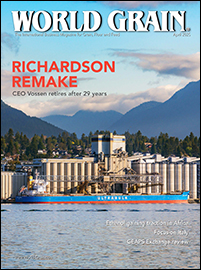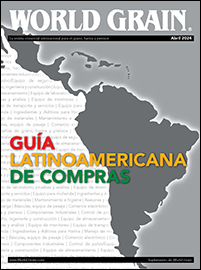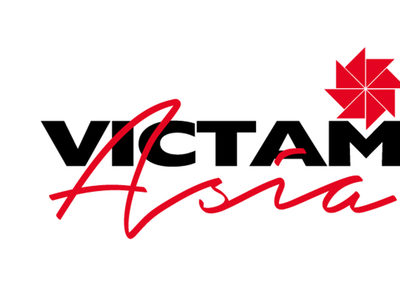WEST PERTH, AUSTRALIA — CBH Group saw a group surplus before rebates of A$128 million for the 12 months ended Sept. 30, 2018. The majority of this surplus was passed back to growers in the form of a A$95 million rebate, resulting in net profit after tax and rebates of A$33 million, down A$57.8 million compared to the same period a year ago.
Revenue for the financial year increased 9% to A$3.8 billion driven by higher year-on-year grain prices and slightly higher tonnes traded by CBH Marketing and Trading. CBH said this was partially offset by lower grain handling and freight revenue.
Jimmy Wilson, chief executive officer, said the A$128 million Group surplus before rebates was a good result from the business, which had focused on improving service for growers as well as reducing costs during the year.
“It’s pleasing to see that we can continue to deliver strong financial results year-on-year for our grower members,” Wilson said. “Throughout the year, we have been focused on progressing toward a smarter, leaner and healthier organization so we can give our growers every advantage to keep them internationally competitive.”
In 2017-18, CBH provided growers a total rebate of A$94.5 million, or up to A$10.50 per tonne. Since the introduction of the rebate program in 2009, CBH has provided a total of A$425.6 million back to growers.
“The full-year results confirm that our transformation is progressing well and that CBH can continue to deliver low cost outbound costs and good marketing and trading results for growers,” Wilson said. “We also continued to optimize our storage and handling network, investing significantly to improve the service and efficiency of our sites, make our fees even more competitive and deliver tonnes to port when its most needed.”
In the 12 months to the end of September 2018, CBH invested A$212 million into network capital and maintenance.
This comprised the construction of an additional 650,000 tonnes of permanent storage to the network, the construction of 1.1 million tonnes of emergency storage, 24 throughput enhancement projects and ongoing maintenance at key sites.
Wilson said the Operations and Marketing and Trading business units each contributed strongly to the Group surplus before rebates, with Operations reporting a A$91 million surplus before rebates, and Marketing and Trading recording a A$51 million surplus before rebates.
“Our Operations division performed well during the year with the efficient receival of 13.3 million tonnes of grain, 96% of which was received at the top 100 sites in the network,” Wilson said. “This was achieved in a season marked by mixed weather conditions and the roll-out of new digital service options for growers such as the CDF app and Paddock Planner, which will help with planning and efficiency gains in the future.
“The Marketing and Trading division had an outstanding year, returning an increased portion of its surplus to growers with a record rebate of A$7 per tonne or A$48 million in total. During the year, the division was focused on balancing the significant increase in domestic demand with the requirements of our international customers, and we remain confident there is sufficient crop to supply both.”
The Marketing and Trading division reported continued growth for CBH Fertilizer, with tonnes sold increasing 45% to 90,000 tonnes in the 12 months to the end of September.
“Since starting operations in 2015, CBH Fertilizer is now profitable following solid growth during the year, primarily driven by confidence in the product, a wider product range and quicker site turnaround times,” Wilson said.
Commenting on CBH’s investments, Wilson said the portfolio had a mixed year.
“With the exception of Interflour Group, all our investments had a profitable year with each business reinvesting the profits for future growth,” Wilson said. “Interflour faced headwinds from a number of fronts, including challenging trading conditions stemming from a highly competitive flour milling industry in Asia and adverse currency movements, while recently commissioned processing facilities have not been generating expected profits.”
Interflour reported its first loss since CBH acquired its interest in 2005, however, the business has begun utilizing a turnaround plan to return to profitability, with the support of CBH.
Looking ahead, Wilson said CBH was well positioned and would keep its focus on finding efficiencies within the supply chain and continue delivering the Network Strategy.
“We remain committed to reducing paddock to port costs for our growers and working toward our goal of removing ongoing costs of more than A$100 million from the business,” Wilson said. “In addition, we are continuing the elevated work pace on the Network improvement to deliver an optimal supply chain and help keep our growers internationally competitive.”





